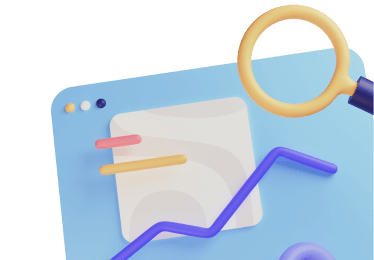In a world where debt is all too common, finding a way out can feel like an insurmountable challenge. For many individuals grappling with overwhelming debt, debt settlement offers a ray of hope. But what exactly is debt settlement, and how does it work? Let's dive into the details to demystify this debt relief option …
The Ins and Outs of Debt Settlement: A Guide to Finding Financial Freedom

In a world where debt is all too common, finding a way out can feel like an insurmountable challenge. For many individuals grappling with overwhelming debt, debt settlement offers a ray of hope. But what exactly is debt settlement, and how does it work? Let’s dive into the details to demystify this debt relief option and explore how it can pave the way to financial freedom.
Understanding Debt Settlement
Debt settlement is a negotiation process aimed at reducing the total amount of debt owed to creditors. This typically involves reaching an agreement with creditors or debt collectors to settle the debt for a lesser amount than what is owed. While debt settlement can provide much-needed relief for individuals burdened by unmanageable debt, it’s essential to understand the process and its potential implications.
How Debt Settlement Works
- Assessment: The first step in the debt settlement process is assessing your financial situation. Determine the total amount of debt owed, including outstanding balances and accrued interest.
- Negotiation: Once you’ve assessed your debts, you or a reputable debt settlement company can initiate negotiations with creditors or debt collectors. The goal is to reach a settlement agreement that allows you to pay off the debt for a reduced amount.
- Payment: Upon reaching a settlement agreement, you’ll typically make a lump-sum payment or structured payments to satisfy the agreed-upon amount. In some cases, creditors may agree to accept a portion of the total debt as full payment.
- Resolution: After making the agreed-upon payments, the debt is considered settled, and you are no longer obligated to pay the remaining balance. However, it’s essential to obtain written confirmation of the settlement terms to avoid any future disputes.
Pros and Cons of Debt Settlement
Pros:
- Debt Reduction: Debt settlement offers the potential to significantly reduce the total amount of debt owed, providing a more manageable path to financial freedom.
- Avoid Bankruptcy: For individuals considering bankruptcy as a last resort, debt settlement can offer a viable alternative to discharge debt without the long-term consequences of bankruptcy.
- Timely Resolution: Debt settlement can provide a quicker resolution compared to other debt relief options, allowing individuals to regain control of their finances sooner.
Cons:
- Credit Impact: Debt settlement can have a negative impact on credit scores, as settled debts may be reported as “settled for less than the full amount” on credit reports.
- Tax Implications: The forgiven portion of the debt may be considered taxable income, potentially resulting in tax liabilities for the debtor.
- Potential Risks: Engaging in debt settlement negotiations without proper understanding or assistance can carry risks, including creditor lawsuits or continued collection efforts.
Conclusion
Debt settlement can be a valuable tool for individuals struggling with overwhelming debt, offering a path to financial relief and freedom. However, it’s crucial to approach debt settlement with caution and fully understand the process, potential risks, and alternatives available. Whether pursuing debt settlement independently or with the assistance of a reputable debt settlement company, careful consideration and informed decision-making are essential. With dedication and perseverance, debt settlement can be a stepping stone towards a brighter financial future.








